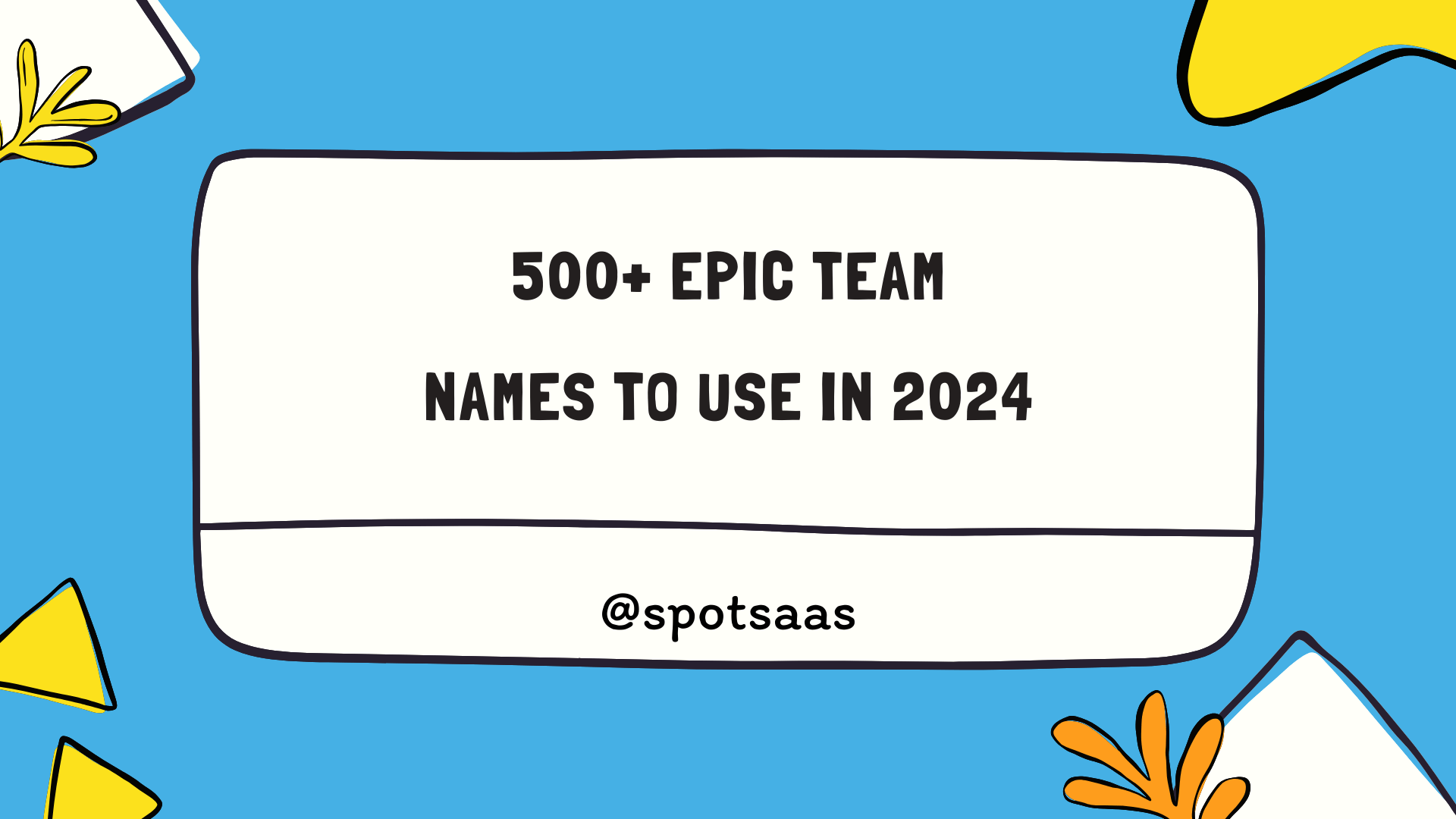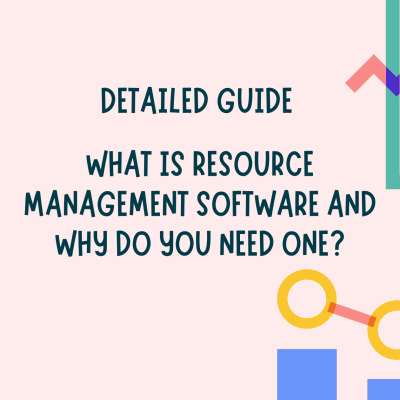How to Choose the Best Image Recognition Software (2024)
In today’s data-driven world, image recognition technology has become an essential tool across various industries, from healthcare and retail to security and autonomous vehicles.
As organizations seek to harness the power of visual data, selecting the right image recognition software is crucial for maximizing efficiency and achieving desired outcomes.
What is Image Recognition Software?
Image recognition software utilizes artificial intelligence and machine learning algorithms to analyze and interpret visual data. This technology can identify objects, people, text, and scenes in images and videos.
It is commonly used in applications ranging from security surveillance and autonomous vehicles to medical imaging and retail analytics. By automating visual tasks, this software streamlines workflows and enhances productivity.
Why Use Image Recognition Software?
Using image recognition software offers numerous advantages:
- Efficiency: Automates time-consuming tasks, allowing users to focus on strategic decision-making rather than manual analysis.
- Accuracy: Machine learning algorithms can achieve high levels of accuracy, reducing human error in identifying objects or patterns.
- Scalability: Supports processing large volumes of images quickly, accommodating growth as data needs increase.
- Versatility: Applicable across various industries, from healthcare and finance to retail and entertainment.
- Integration: Can connect with existing systems and workflows, enhancing overall functionality.
Key Features of Image Recognition Software
By evaluating these features, you can choose image recognition software that best fits your organization’s specific needs and enhances your visual data analysis capabilities.
Core Recognition Capabilities
- Object Detection: Identify and classify objects within images.
- Facial Recognition: Detect and verify human faces in images for security or identification purposes.
- Text Recognition (OCR): Convert images of text into editable and searchable formats.
Custom Model Training
- Trainable Models: Ability to create and train custom models using your datasets to improve accuracy for specific use cases.
Real-Time Processing
- Live Image Analysis: Capability to analyze images and provide results in real-time, essential for applications like surveillance or interactive systems.
High Accuracy and Performance Metrics
- Detailed Metrics: Provide performance metrics such as precision, recall, and F1 score to evaluate model effectiveness.
User-Friendly Interface
- Intuitive Design: A simple and accessible interface that allows users of varying technical expertise to navigate and utilize the software effectively.
Integration and Compatibility
- API Access: Robust APIs for seamless integration with existing systems and workflows.
- Compatibility: Ability to work with various file formats and platforms.
Visualization Tools
- Data Visualization: Features for visualizing recognition results, such as bounding boxes or heat maps, to aid in interpretation and analysis.
How to Choose the Right Image Recognition Software
Understand Your Image Recognition Use Case
The first step in selecting the right software is to clearly define your specific use case. Different applications require varying levels of sophistication, accuracy, and processing power. Here are some common image recognition tasks:
• Object Detection: Software identifies specific objects in images, such as vehicles, animals, or products.
• Facial Recognition: Used in security and authentication systems to identify and verify people based on their facial features.
• Optical Character Recognition (OCR): Converts printed or handwritten text into machine-readable formats.
• Image Classification: Automatically categorizes images into different classes, such as detecting the presence of certain items in retail settings.
• Medical Imaging: Detects anomalies or patterns in medical scans like MRIs, X-rays, or CT scans.
Understanding your primary objective will help filter out software solutions that are either underpowered or over-engineered for your needs.
Assess Model Accuracy and Performance
Accuracy is critical when it comes to image recognition. Poorly performing models can lead to incorrect classifications or missed detections, which could have significant business consequences, especially in areas like security or healthcare.
• Precision: This measures the percentage of relevant results that the software identifies. High precision is crucial when false positives are costly.
• Recall: Also known as sensitivity, this measures how well the software identifies all relevant cases, minimizing false negatives.
• F1 Score: A harmonic mean of precision and recall, providing a balanced assessment of the model’s performance.
• Accuracy Benchmarks: Check if the software has been tested on standardized datasets (e.g., ImageNet, COCO) and compare its accuracy with industry standards.
Choosing software with strong precision and recall ensures reliable results for your use case.
3. Evaluate Hardware Requirements and Scalability
The computational demands of image recognition software can vary significantly depending on the complexity of the task and the dataset size. Ensure the software can run efficiently within your hardware environment or that it offers scalable cloud solutions.
• GPU Acceleration: Image recognition often benefits from GPU (Graphics Processing Unit) acceleration. Verify that the software can leverage GPUs for faster processing, especially for tasks like real-time object detection or large-scale image classification.
• Cloud-Based vs. On-Premises: Cloud-based solutions offer scalable compute power, but they come with added latency and data privacy concerns. On-premises software provides more control but may require more upfront investment in hardware.
• Edge Computing Compatibility: If you need real-time image recognition on devices like drones, cameras, or mobile phones, ensure the software supports edge deployment and low-latency processing.
Choosing software with the right hardware compatibility and scalability will help you avoid bottlenecks and ensure smooth operation as your needs grow.
4. Look for Pre-Trained Models and Customization Options
Many image recognition software solutions offer pre-trained models that can quickly be adapted to common tasks such as facial recognition or object detection. However, your use case may require custom models.
• Pre-Trained Models: Many platforms provide pre-trained models based on vast datasets (e.g., ResNet, YOLO, VGG) that you can fine-tune with your data. Pre-trained models can dramatically reduce training time and computational resources.
• Custom Model Training: If your application involves niche tasks (e.g., identifying custom products, detecting rare medical conditions), you’ll need software that supports custom model training. This involves uploading your own dataset and training a model from scratch or using transfer learning.
• Transfer Learning: Allows you to take a pre-trained model and adjust it to work with your own dataset, significantly reducing training time while achieving high accuracy.
5. Integration with Existing Systems
The ability to integrate seamlessly with your existing systems is crucial for smooth operations. Look for software that offers:
• API Access: A robust API allows you to integrate image recognition capabilities into your own software stack. Ensure the API is well-documented and supports key programming languages like Python, Java, or C++.
• Real-Time Processing: If your application requires real-time analysis (e.g., surveillance, live video processing), ensure the software supports real-time image recognition without significant delays.
• Data Pipeline Integration: For large-scale applications, the software should integrate well with your data storage systems (e.g., AWS S3, Google Cloud Storage) and support automated data pipelines for continuous model training and deployment.
Proper integration with your tech stack ensures that the image recognition system works smoothly with minimal downtime or bottlenecks.
6. Consider Data Privacy and Compliance
Image recognition software often processes sensitive information, especially when it involves facial recognition or medical images. Be sure to choose software that complies with relevant data protection regulations.
• GDPR and HIPAA Compliance: If you’re working in regions like the EU, ensure that the software complies with GDPR. In the healthcare sector, HIPAA compliance is mandatory in the U.S.
• Data Encryption: Make sure that the software supports encryption both at rest and in transit to protect sensitive information from unauthorized access.
• Anonymization and Redaction: For some use cases, especially those involving personal identification, ensure the software has built-in capabilities for anonymizing data.
Strong privacy and compliance features will protect your business from legal risks and ensure the safety of sensitive information.
7. Evaluate Cost-Effectiveness
Budget constraints are a reality for most organizations, and image recognition software can be expensive, particularly for large-scale applications. Consider the following factors when evaluating cost:
• License vs. Subscription: Some software solutions offer perpetual licenses, while others follow a subscription-based model. Understand your long-term needs before deciding.
• Scalability of Costs: If you plan to scale your operations, consider how the pricing changes as you increase the volume of processed images. Cloud-based solutions often charge based on usage, so factor that into your budget.
• Hidden Costs: Evaluate any additional fees for add-on services, API access, or integration support. Hidden costs can significantly inflate your budget, especially if scaling is involved.
Choosing a solution with transparent and scalable pricing will ensure that you can grow without facing unexpectedly high costs.
8. Examine Customer Support and Documentation
When dealing with a complex technology like image recognition, reliable customer support and thorough documentation are vital.
• Technical Support: Ensure the vendor provides timely technical support, either via live chat, email, or phone. Verify if they offer 24/7 support if your application runs continuously.
• Community and Forums: Open-source solutions like OpenCV or TensorFlow often come with active communities. This can be a significant advantage when troubleshooting issues or looking for best practices.
• Documentation: Well-organized documentation, including API references, tutorials, and sample projects, can significantly reduce the learning curve for your team.
Good support and resources can save you valuable time and help you troubleshoot any issues that arise.
9. Test for Flexibility and Future-Proofing
Technology evolves rapidly, and your image recognition software should be flexible enough to adapt to future needs.
• Modular Architecture: A modular system allows you to add new features or update existing ones without a complete overhaul. This is especially important as new AI models and techniques become available.
• Frequent Updates: Check how often the software receives updates. Vendors that release regular updates ensure that you have access to the latest innovations, bug fixes, and security patches.
• Open-Source or Vendor Lock-In: Consider whether the software is open-source, which allows for more customization and control, or proprietary, which may lock you into a specific vendor’s ecosystem.
Conclusion
Choosing the right image recognition software is crucial for leveraging visual data effectively.
By understanding your needs, evaluating key features, and considering user feedback, you can select a solution that enhances your organization’s capabilities, drives insights, and fosters innovation.




